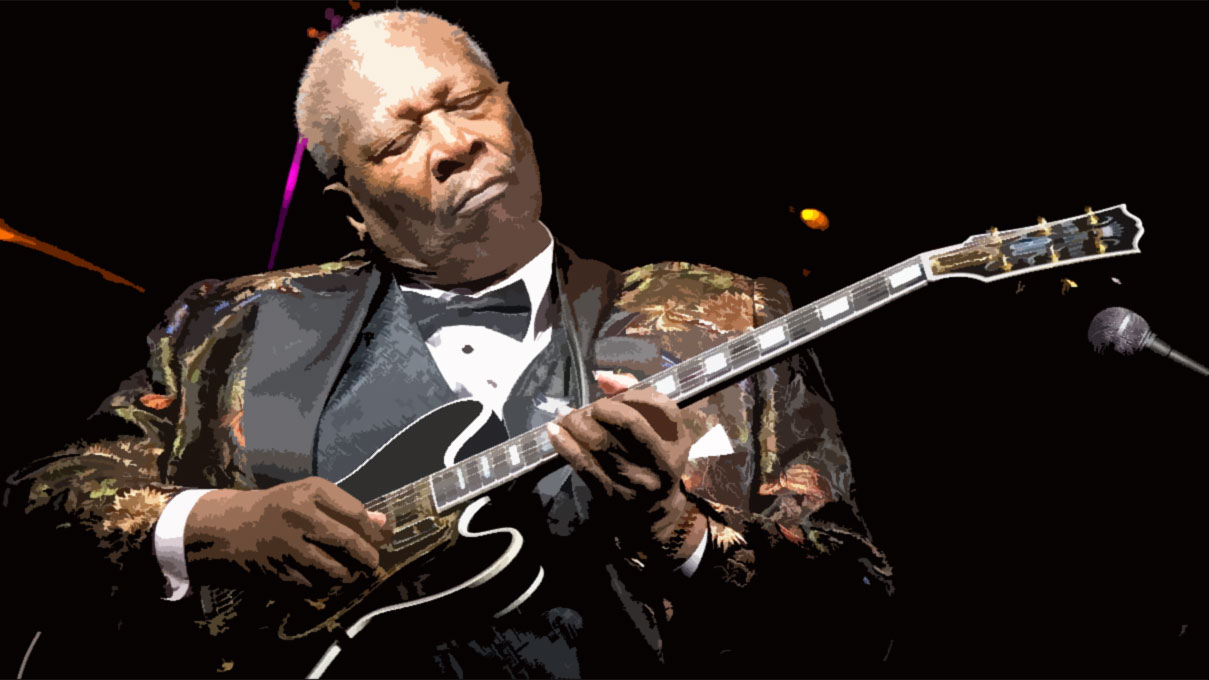The blues guitar is more than just a musical instrument; it is the voice of the soul, the lament and celebration of a cultural and emotional journey that began in the fields of the southern United States. From its humble roots to its rise as one of the pillars of global popular music, the history of the blues guitar is a testament to the resilience and creative expression of the African-American people.
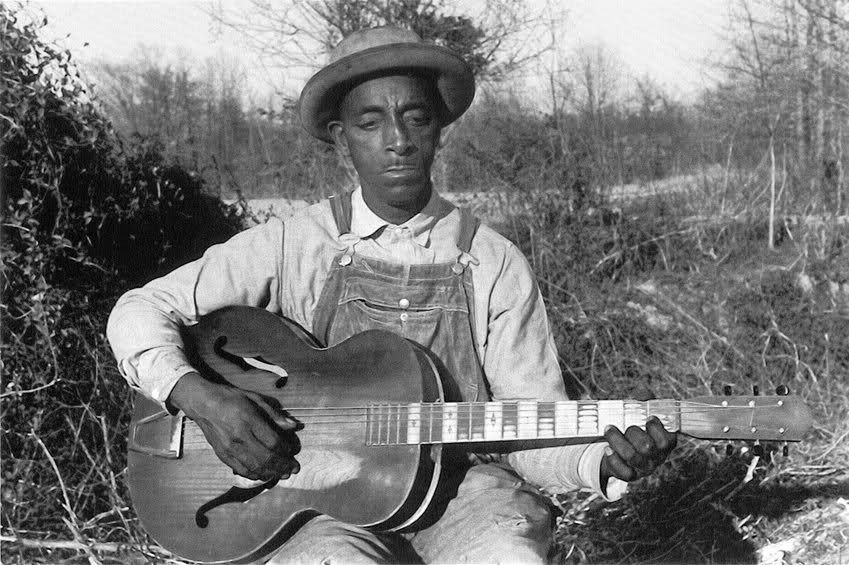
Origins and Early Development
Blues was born from the experience of African-Americans in the rural South of the United States, blending African musical elements with work songs, spirituals, and European influences. The guitar, initially used as accompaniment for singing, soon became the main instrument for expressing the melancholy, joy, and struggles of Black musicians.
• The Pioneers and Early Styles
In the early 20th century, musicians like Charley Patton and Son House emerged as key figures in Delta Blues, a raw and emotional style that reflected the harsh realities of rural life. The acoustic guitar, often played with slide, created a distinct sound that would define Delta Blues for decades.
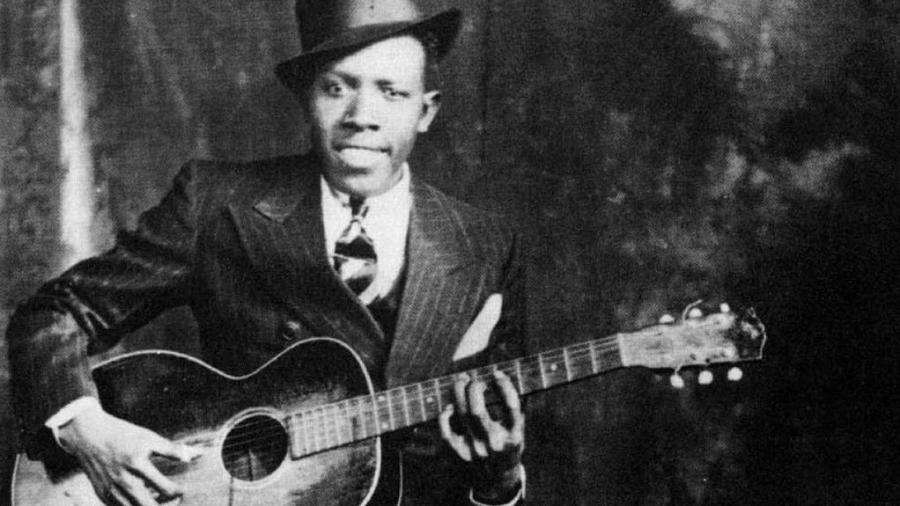
• Expansion and Popularization of Blues
With advancements in technology and the migration of African-Americans to northern cities, electric blues gained strength in the 1930s and 1940s. T-Bone Walker was a pioneer in introducing the electric guitar to blues, transforming the sound and enabling new forms of expression and improvisation.
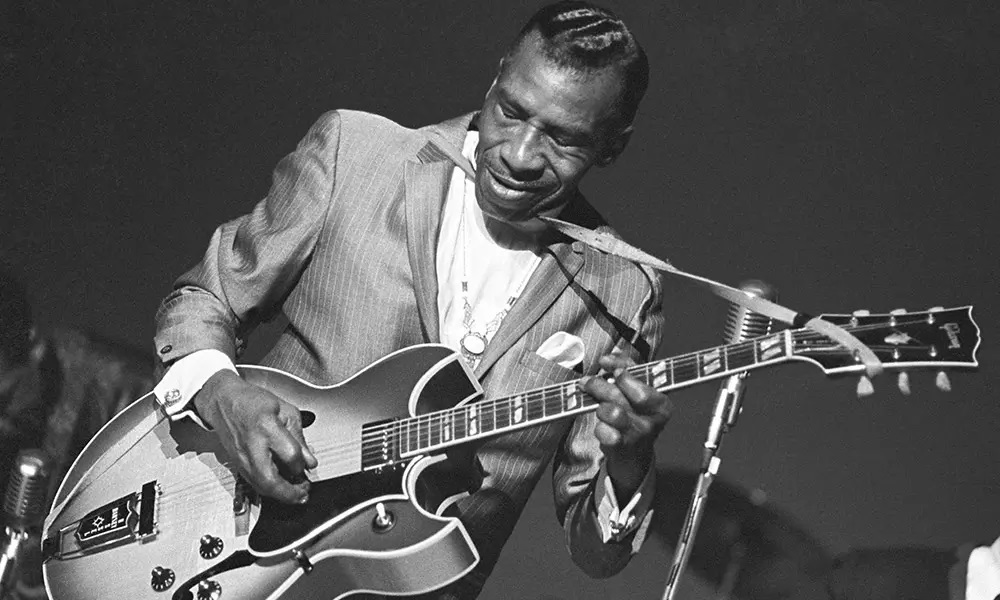
The Golden Era of Blues
• Chicago Blues and the Emergence of Great Names
In the 1950s, Chicago became the epicenter of urban blues, where musicians like Muddy Waters, Howlin’ Wolf, and Little Walter reinvented the genre. Waters, with his powerful slide guitar style, and Wolf, with his guttural voice and magnetic stage presence, shaped Chicago Blues and influenced generations to come.
• The Three Kings of Blues
B.B. King, Albert King, and Freddie King, known as the Three Kings of Blues, dominated the 1960s and 1970s with their unique interpretations and distinct styles. B.B. King, with his unmistakable vibrato and Lucille guitar, became a global icon of the genre, while Albert King impressed with his powerful bends and Freddie King with his infectious energy.
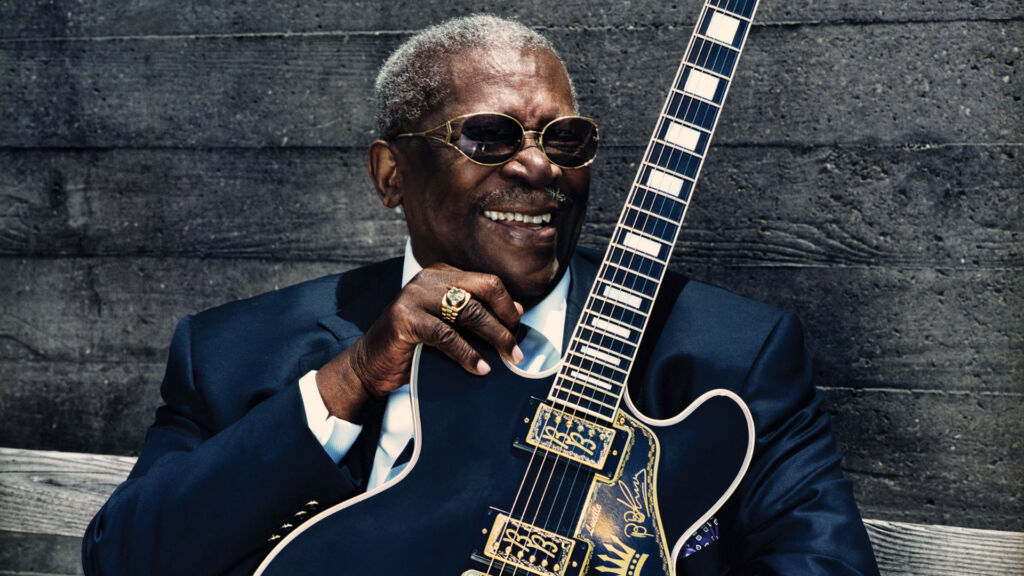
Evolution and Diversification of Modern Blues
• Blues Revival in the 1980s and 1990s
The 1980s saw a blues revival with artists like Stevie Ray Vaughan, whose virtuosic and emotive style revitalized interest in the genre. Eric Clapton, already a rock icon, also helped popularize blues both in his solo career and with bands like Cream.
• New Horizons: Contemporary Blues
From the 2000s to the present day, blues has been reinterpreted and reinvented by a new generation of talent. Joe Bonamassa, known for his impeccable technical skills, and Gary Clark Jr., who blends blues with modern influences, are examples of how the genre continues to evolve while staying true to its roots.
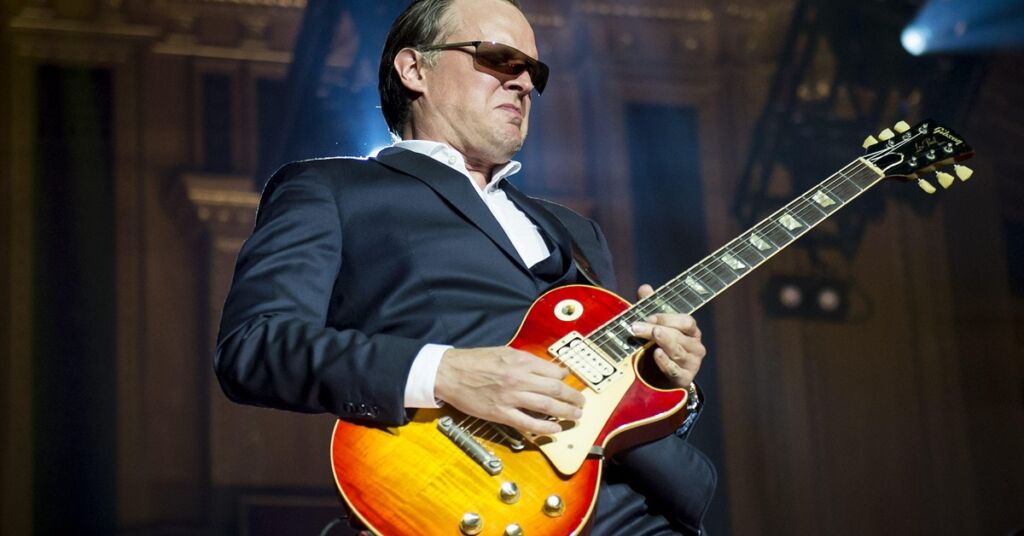
The Legacy and Future of Blues
• Cultural Impact and Global Influence
Blues is not just a musical genre, but a cultural phenomenon that has influenced the development of rock, jazz, and many other musical styles. Its ability to capture the deepest human emotions and convey them through the guitar is what makes it universal and timeless.
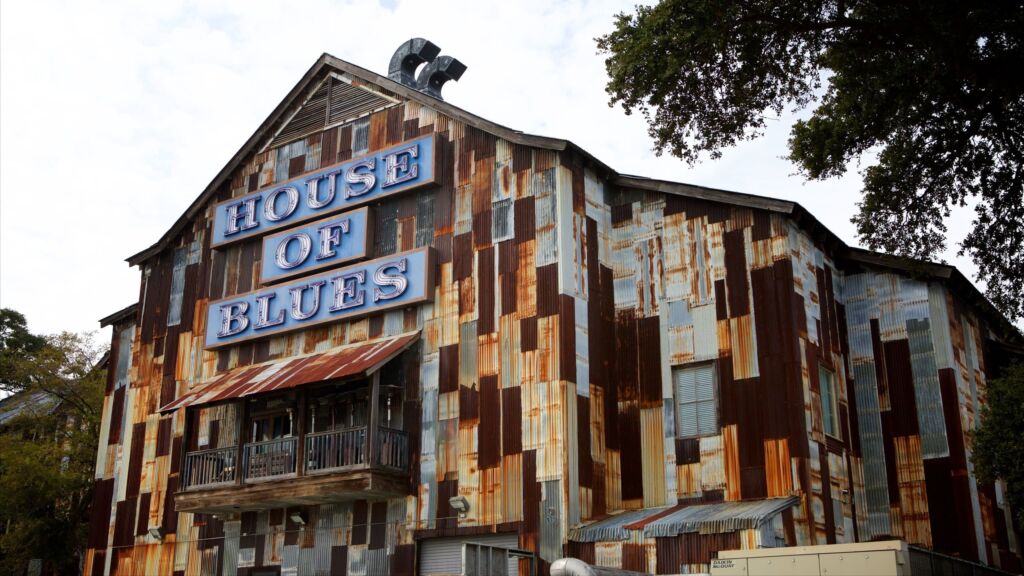
⬇ Don’t miss the video ⬇
On our YouTube channel, we present a special video about the 30 greatest blues guitarists of all time. From the pioneers of Delta to the contemporary masters, this video celebrates each artist’s unique contributions to the legacy of blues. Every guitarist mentioned not only shaped the genre but also inspired generations of musicians around the world.
Blues guitar is not just an instrument; it is a voice that resonates with the history and soul of a people. From its modest origins in the cotton fields to its rise to global stages, blues remains a vibrant and living force in contemporary music. As we celebrate the great masters of the past and present, it is important to recognize that the legacy of blues lives in every note played and in every listener moved.
Long live the blues!
